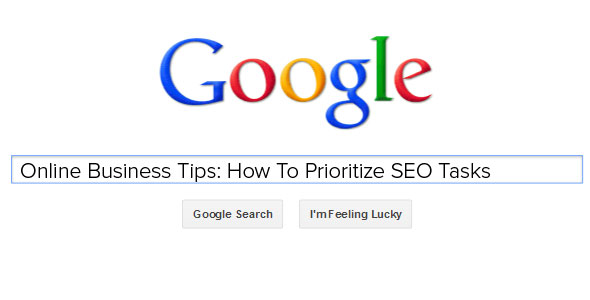2. SEO-friendly website design
The type of code your developer uses, its organization and what it contains are an important foundation of a well-rounded long-term SEO campaign. Here are three important things to consider:
a. A basic principle of SEO-friendly design is ensuring your company’s website is readable by search engine indexing bots that crawl the web. This means your company website should avoid using too much Flash or JavaScript.
Search bots can’t read Flash, Java (for the most part) or images themselves, therefore having a majority of your site based on these platforms will make it invisible to search engines no matter how good your content. Also be particularly careful not to use Flash as your website’s page navigation interface. Also never include your most important content on a flash page.
Instead, make sure your website has a clear and user-friendly hierarchy; every single page should be accessible from at least one easy to find text-based link on another page.
b. Ensure your e-commerce website is built to web programming standards according to organizations like the World Wide Web Consortium (W3C). Aside from being up-to-date, your code should be neat, well-structured and free of messy snippets of garbage.
c. Focus on the little but very important details of on-page optimization in your business website. For example, make sure that there are text based HTML attributes to all images, videos and Flash elements on your site. These text snippets should include brief, to the point descriptions of content that include a keyword or two for that particular element.
Additionally, all of your page URLs should be SEO friendly; meaning that instead of a URL that reads: www.mysite.com/576573567-4.html, it should have descriptive page URLs like www.mysite.com/guides/how-to-build-a-boat.
To accomplish the aforementioned steps you could hire and pay a programmer. However your most efficient option is to simply use a good content management system (CMS) platform. CMS platforms are essentially downloadable website packages with pre-built coding. It only requires modification of basic layout, page quantities, appearance (also called “skin”) and the addition of plugins to provide additional site features.
These days, you can download a CMS right from inside your web hosting control panel. Magento, WordPress, Drupal and Joomla are all great CMS platforms that provide the potential to grow your online business. All of these content management systems are expertly designed with the latest, cleanest, most SEO-friendly code you’ll find on the Internet.
Also they’re completely free and equipped with thousands of free and paid themes to change your website’s appearance.
Furthermore, the massive array of plugins and extensions available for CMS platforms — especially WordPress — make it easier to engage with customers and collect valuable data.
Take a look at the Google Webmaster Guidelines for advice on the fundamentals of optimal design.
© YFS Magazine. All Rights Reserved. Copying prohibited. All material is protected by U.S. and international copyright laws. Unauthorized reproduction or distribution of this material is prohibited. Sharing of this material under Attribution-NonCommercial-NoDerivatives 4.0 International terms, listed here, is permitted.

In this article
We are a diverse group of early adopters, innovators, entrepreneurs, startup enthusiasts, influencers and small business aficionados. Stay connected to YFS Magazine as we share our unique perspectives on startups, small business, and entrepreneurship culture.
Show More











